I don't understand is the impulse peak being in negative time. Is this usable at all?
This is no problem. The impulse location can be shifted away from zero either direction a result of the reference speaker sound arriving before or after the sound from the measurement speaker. If the reference and measurement speaker distances are the same then the impulse will be very near 0 ms. A small shift like we saw here is not an issue. We can use the REW 'timing offset' option in the measure panel to automatically plot the measurements nearer 0 ms if necessary for easy analysis.
LF Sub (1,4,5) similar and (2,3) similar but different than first group.
RR Sub (6,8,9,10) similar and (7) is different.
The 2 groups in each speaker set are shifted about 10 ms from each other. That is a significant difference even for bass frequencies and explains why we did not get the predicted result when we set the alignment tool delay change into the hardware and remeasured..
Also, unexpected is using the alignment tool with (1,6), I get suggested FR curves that align with my measurements at least for the 5.05 amd 14.32 ones.
I did the alignment tool on 1,6 also and found an increased delay of the RR SW by 13 ms provides a good alignment. We just can't be sure if the relative timing between SW measurement is correct however. We must have repeatable measurement results to get accurate predictions from the tool.
I admit to not disabling WLAN, Anti-virus. Are the impulse measurements differences likely caused by computer issues?
It normally isn't necessary to disable those. Some computers may benefit however.
I figured that using 7.1 inputs skipped all processing (EQ, timing/distance). When I saw this thought perhaps timing/distance is still used. Can the negative timing of the peaks be caused by this?
I also think that 7.1 inputs are a pass through. Even if they weren't the delay would be consistent; not changing from measurement to measurement.
To measure the sub(s), I ran output to L & R speakers (get less output with just one), which were unconnected. Sent timing reference to RSurr, Set LPF/HPF to 160 Hz. I don't see a way to disable the distances/timing short of zeroing them in manual speaker setup. Should I be doing that?
The settings you used are good for SW alignment. There is no need to zero the distances/timing as the changes we find in the REW alignment tool are just offsets from whatever those settings were.
Could you expand on the DIY Step 2 about adjusting timing though XO?
I just wanted to emphasize that these are 2 distinct steps in a DIY setup. Creating a favorable SWgroup needs to be finalized before moving on to XO timing. The measurements needed for XO timing is also a little more restrictive. In your case, just let Audyssey do the setup for XO, distances and EQ. Make sure Audyssey sets the L, R mains to small and check that the SPL is reasonably smooth in the XO range. If it is not, It may be worth following the step 2 process to confirm that Audyssey did indeed find a favorable XO delay setting.
The AVR also suggests the sub(s) are reversed in auto configuration. With AT inverting either sub lowers low end output though also lowers the 47 hz on part with 50-100 hz output.
If the SPL is not favorable with the initial SW polarity, I would run Audyssey with the SWs reversed if it allows that. Check each setup for SPL smoothness and extension. Make adjustments to the SWgroup distance/timing as needed based on the alignment tool. The correct polarity for SWs is the one that provides the smoothest SPL and if it is a tradeoff of bass extension vs smoothness in the XO range I would favor the latter.
Would you sacrifice output for what might be smoother more typical sealed sub response?
Loaded question. I have no issue at all running either ported or sealed. Use either one that provides acceptable smoothness in your room and hopefully reaches to the desired extension target.
I have no good thoughts as to why the acoustic timing is not working normally. I did note that the reference signal is set lower than the measurement signal, but at -30 dB or so it should have been fine. I think REW will warn us if it gets too low. If you are easily hearing the timing chirp before measurement sweep then all is well in that regard.







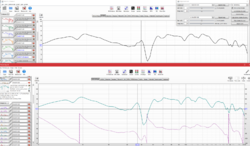
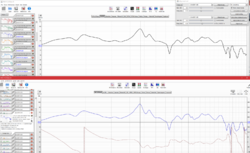
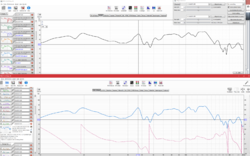
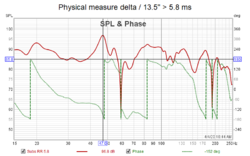
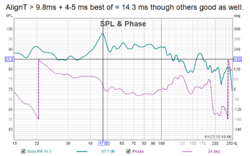
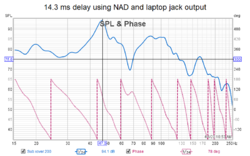
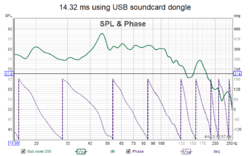
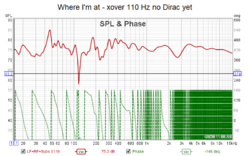

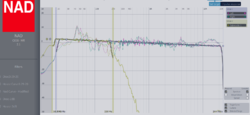









 Can't thank you enough for your continued help and support
Can't thank you enough for your continued help and support






